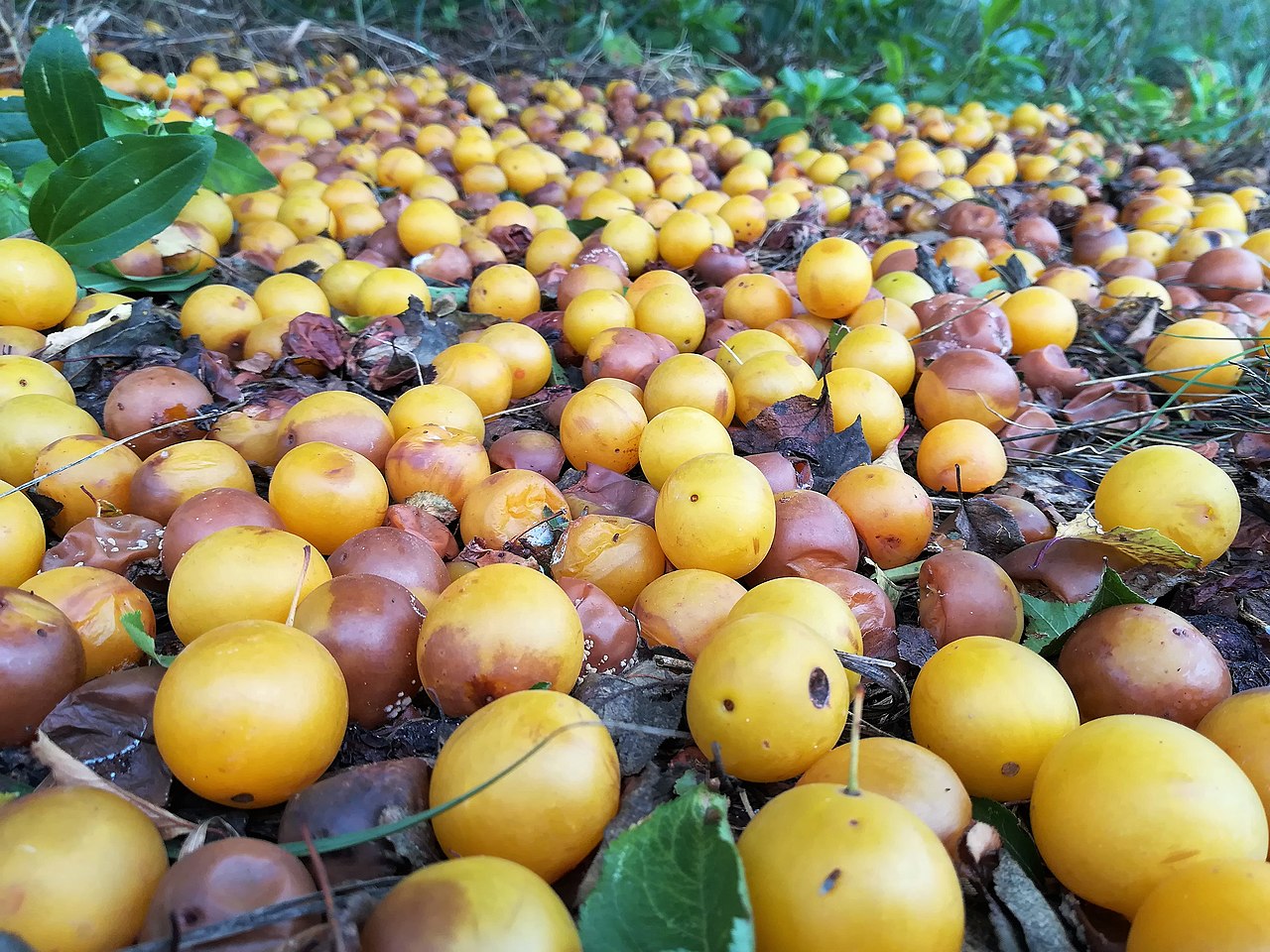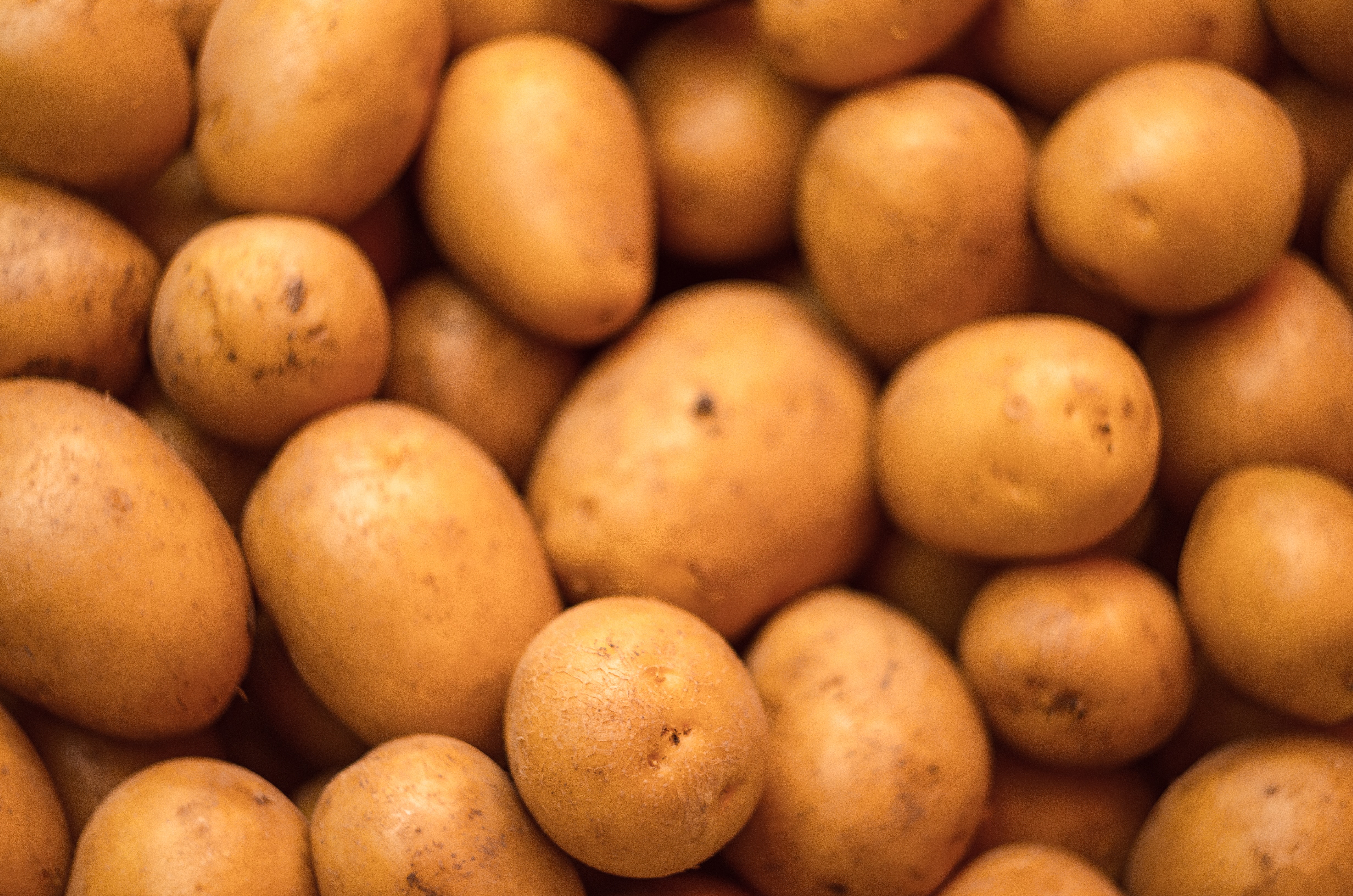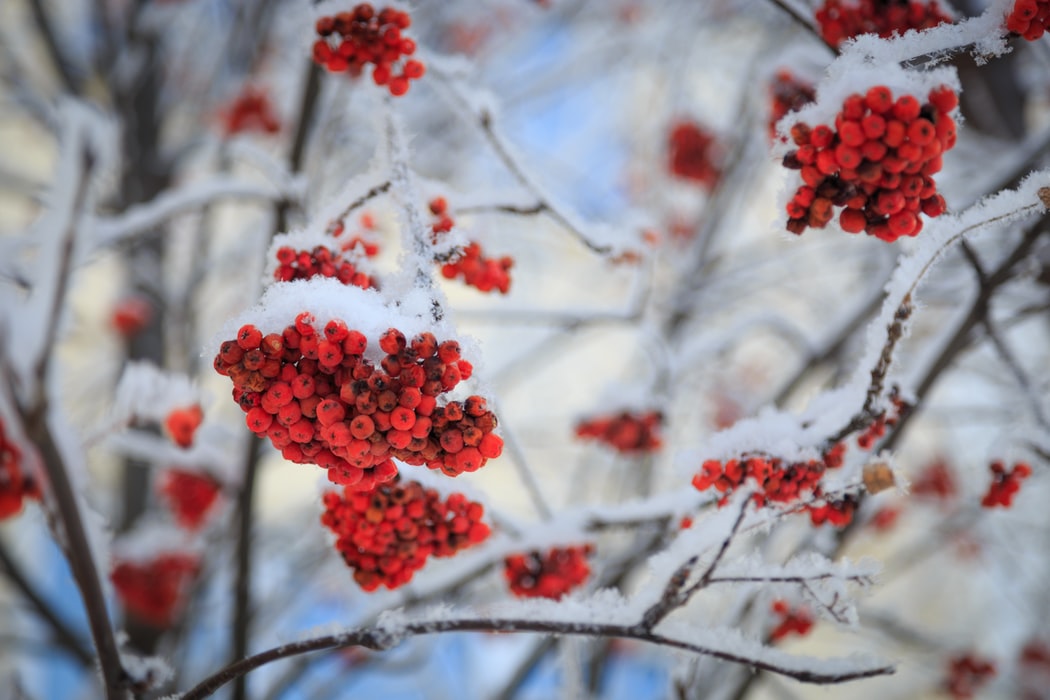
All of Poland knows her. She is orange in colour, with a sweet and sour flavour. Ladies & Gentlemen, I give you Her Royal Tastiness the Mirabelle Plum.
Wet and juicy, yellow splotches on the pavement underfoot. I see these trampled little balls each year on Rejtana Street, where I live, close to Puławska Street; sometimes I accidentally step on them myself. Zbigniew Sierszuła’s homemade mirabelle plum liqueur, made from yellow, red or black mirabelles is something else. Sublime flavour. Time locked in a bottle. Harmony.
Unassuming magnificence
The mirabelle plum – Prunus domestica subsp. syriaca – grows throughout Poland, often in cities and usually wild. Its name comes from the Latin word mirabilis and means ‘wonderful’. It is simultaneously unappreciated and revered, perhaps unlike any other fruit. The sweet and sour flavoured fruits of the mirabelle, with their distinctive aroma, look like tiny little oranges. They are rich in fructose, glucose and sucrose, as well as in vitamins C, E, K and B6, provitamin A, calcium, potassium, iron, phosphorus, magnesium, polyphenols, fibre, pectin and tannins.
The mirabelle is a delicacy and a symbol of prosperity in Lorraine, where it has been made into wine, jams and preserves since the Middle Ages, when orchards of mirabelle plum trees were first planted in the region. Lorraine is famous for its plum liqueur, distilled from mirabelles. In the last week of August, the region’s capital, Metz, holds its annual mirabelle plum festival. It lasts two weeks and attracts as many as 80,000 visitors, who take part in dinners, folk-dancing displays, concerts and parades, with the mirabelle in the leading role. This is a fantastic example of how the culture of a region can be developed by choosing a local product as its symbol. In Poland, a similar starring role is played, for example, by the suska sechlońska (a D.O.P. protected form of dried European plum from the Lesser Poland region) or the Kashubian strawberry (kaszëbskô malëna) from the Pomerania region.
Thanks to fruits, stories are retold, the sense of community grows, the attractiveness of a place for tourists increases and connects with heritage in the simplest of ways: through something sweet in the mouth.
To pick, or pick up?
There’s nothing to stop you gathering mirabelle plums for yourself. However, you should take care, because the ones growing by streets or roads may contain heavy metals. It is better to pick fruits from orchard trees, near village roads, far away from industry and fumes.
Mirabelle plums are not just good in sweet preserves, but also in meat sauces (in Georgian cuisine, the sweet and sour tkemali sauce, beloved by foodies, is made with mirabelles), quiche with goat’s cheese, toasted baguette with blue cheese, and with potatoes or sweet potatoes. Thanks to this humble added ingredient, dishes simultaneously take on a sweet and sour flavour. You can also dry mirabelle plums and add them to muesli or granola. The liqueur maestro, Zbigniew Sierszuła, only uses windfall mirabelle plums for his brews. He believes picked plums are only good for compote.
In Poland, we find two varieties of these fruits. The first is the ‘Nancy’ mirabelle plum; an old variety, grown for over 400 years, also known as the French mirabelle plum. Its fruits and flesh are juicy and golden-yellow, with a so-called orange blush. They typically have a sharp sweet and sour taste. They are ripe for picking at the end of July or early August. The second variety, the ‘Flotowa’ mirabelle plum, brought to Poland from Austria, is mainly found in the southern regions of Poland. It has very small, yellow fruits with an intense whitish coating. The flesh is not very juicy, acidic yet slightly sweet, lightly aromatic and tasty. The harvest begins in the middle of August.
Travelling branches
Hanna Krall in her reportage Obecność [Presence], from her volume Fantom bólu [The Phantom of Pain], describes a mirabelle plum tree growing between the Warsaw streets of Wałowa, Franciszkańska and Nalewki (currently Andersa). “The mirabelle plum tree was trying to leave. It was bent over and had stretched out its branches to the front. Ready for the journey, it had dragged its roots out of the ground. The new residents surrounded the trunk with a steel ring and tied it down it with tension wires. The mirabelle plum tree was stopped in its tracks. Women fried preserves from its slightly sour, yellow fruits.”
Krall writes that for many years after World War II, the earth around the tree pushed up beads. They were traces of the former inhabitants of Nalewki Street and the nearby Alfus Bros. carnival costume factory; the brothers died during the war. (“The former inhabitants left behind mirabelle plums, glass beads and ghosts.”) Children used to gather round the tree, searching for beads and stringing them on cotton threads (nylon was not around at the time). Among the young bead hunters were the screenwriter and author Cezary Harasimowicz and his friend, Witold Fizyta, whose mother used to make compote from the mirabelles.
Witold’s brother Wojciech, wanting a memento of the Muranów district for his house outside Washington, took some stones from those mirabelles. They grew into beautiful trees. Patrycja Dołowy, an author, multimedia artist, social activist and popularizer of science and art, brought a branch from one of these trees back to Warsaw. The mirabelle plum tree from pre-war Nalewki Street survived the Warsaw Ghetto, the Ghetto Uprising, the Warsaw Uprising, the communist era of the Peoples’ Republic of Poland and the post-1989 transformation but, in 2016, it was chopped down by a property developer.
The tree returned again to Muranów in September 2018. Cezary Harasimowicz, Patrycja Dołowy, Monika Tutak-Goll and Beata Chomątowska, together with the organization Stacja Muranów and the inhabitants of the district, ceremoniously planted a branch. And so, a small, weedy little tree grew, fenced off with a plaque saying: “Mirabelle plum tree from Nalewki Street.” Unfortunately, the plaque was stolen and the little tree was destroyed within a year. “Regret over the loss, sadness that even the care of so many people wasn’t enough,” wrote Patrycja Dołowy at the time, in December 2018.
That commemorative mirabelle tree has probably disappeared for good from the cityscape. Yet, drinking a glass of Sierszuła’s amber-coloured mirabelle plum liqueur, I raise a final toast to the brave tree that was stopped in its tracks.
Translated from the Polish by Annie Jaroszewicz









